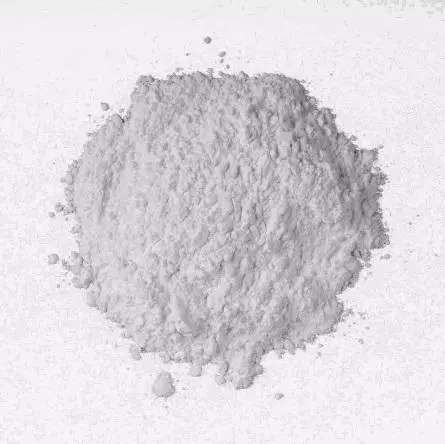IUPAC Name
Colemanite
Cas Number
12291-65-5
HS Code
25280030
Formula
Ca2B6O11.5H2O
Appearance
colorless or white granular or powder
Common Names
Colemanite
Packaging
1350 Kg Bulk Sacks or in 25 Kg Bags
Brief Overview
Colemanite is a borate mineral represented as CaB3O4(OH)3·H2O and first discovered in 1884, eastern California. It is found in evaporite deposits of alkaline lacustrine environment. Colemanite is considered as one of the stable borate minerals and able to develops electric charge when there is a change in temperature. It is brittle and belongs to sedimentary rock type. The diaphaneity of colemanite is transparent to translucent.
Mining Process
1. Drilling – The most important of any exploration is drilling, as it is the best way to sample the type and purity of the ore underneath.
2. Shovelling and hauling – Once the underground is loose, enormous shovels are used to scoop the rubbles from the bottom of the mine. The ore is taken from underground, crushed and then sent for refining.
3. Refining – Dissolving, settling, crystallising, filtering, drying and conveying are the steps used for refining boron minerals.
4. Testing and storage – The final stage is to test the refined mineral ore for quality and store for future use.
Ceramics
It is used as coating for ceramic sanitary and ceramic kitchenware.
Glass
It is used in the manufacturing of heat resistant glass.
Agricultire
Similar to other boron, it is used to produce a healthier plant growth, fertilizers requires a sufficient amount of B. With its low water solubility, colemanite is a slow release source of boron and suitable to be applied to a soil to provide season long B supply for a crop.
Other
It is used in medicines and in cosmetics. It is very popular for being a collector’s mineral.
